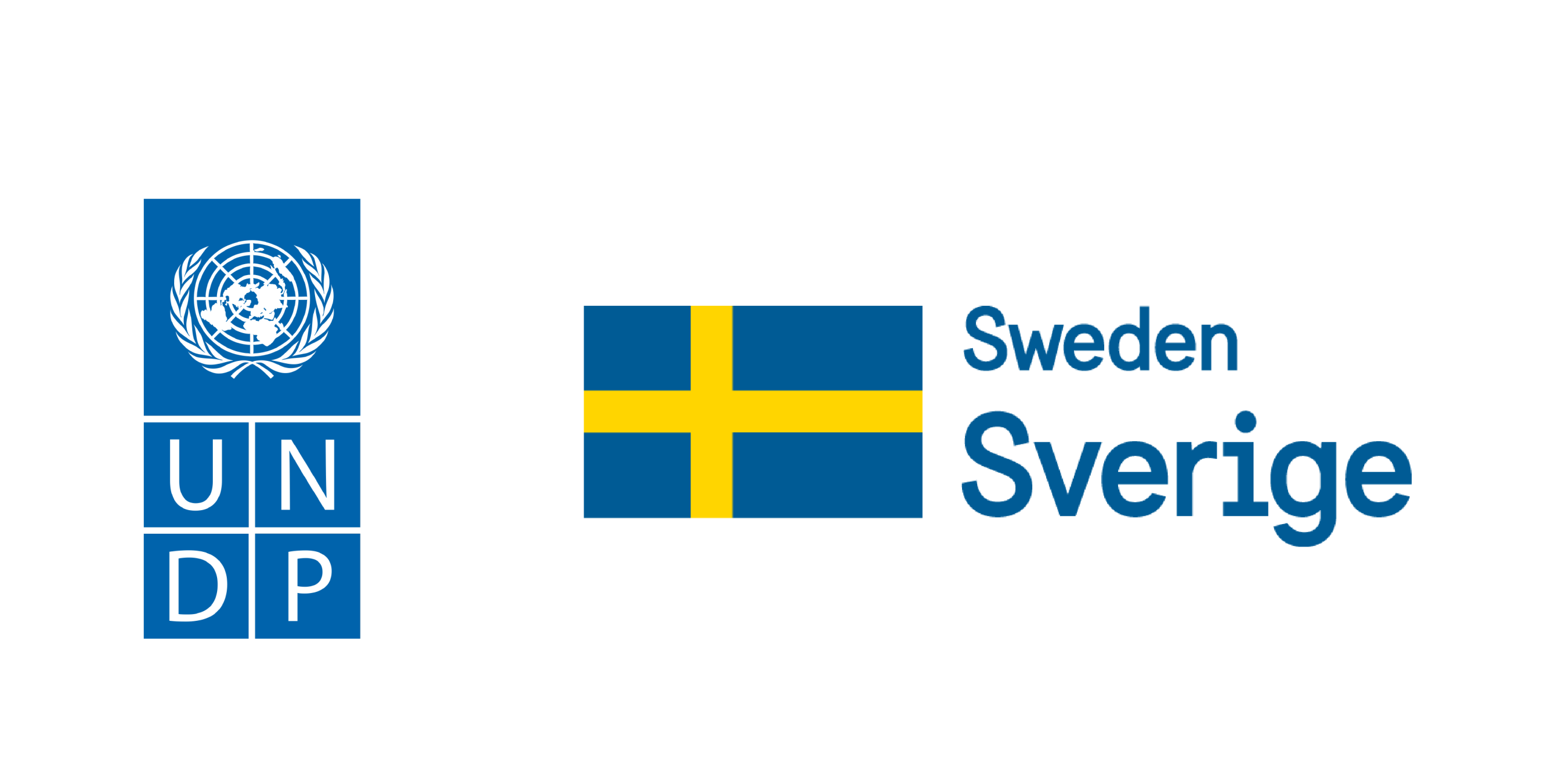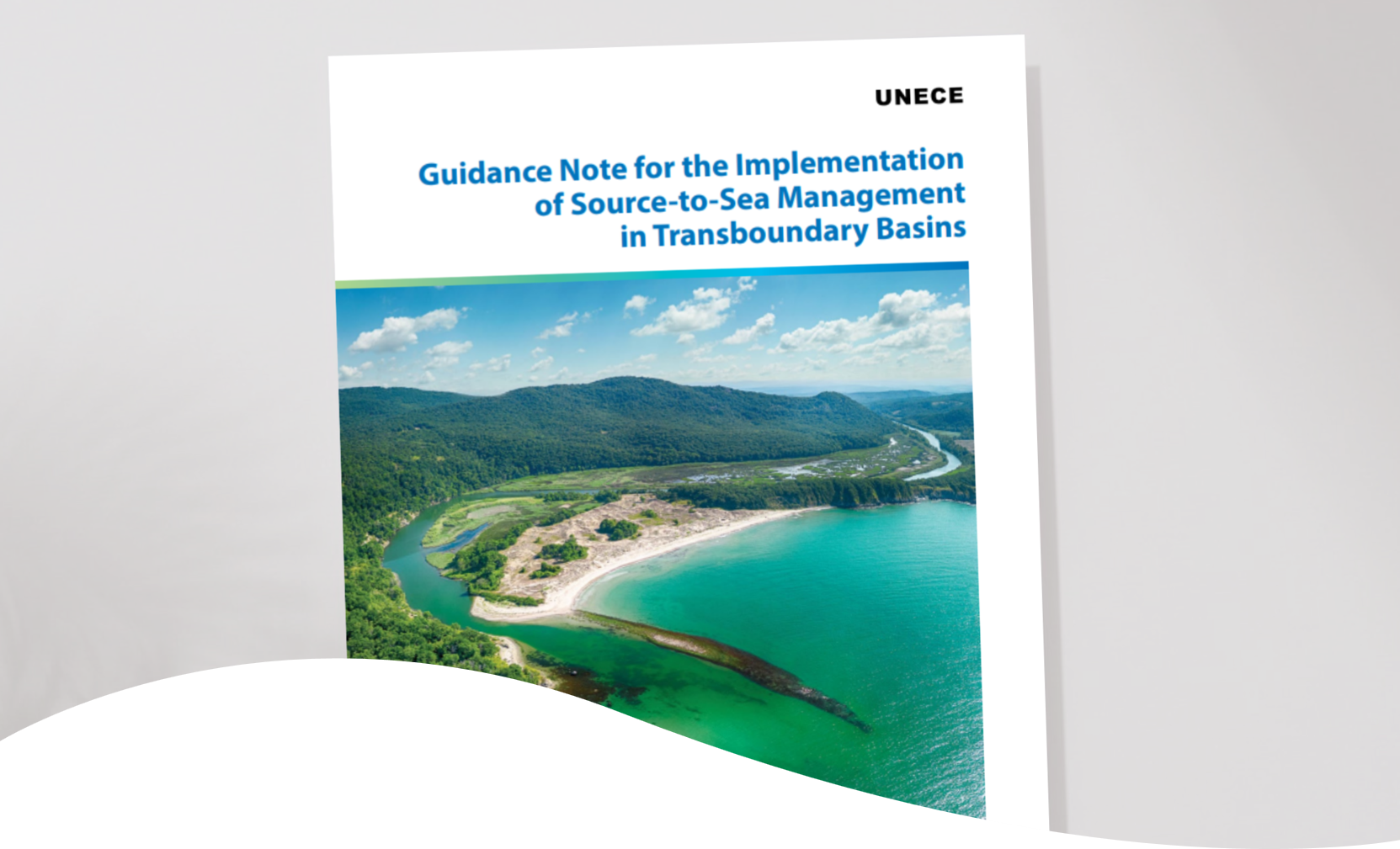
The Action Platform for Source-to-Sea Management (S2S Platform) is a multi-stakeholder initiative to exchange and generate knowledge, and support joint action for improved management of land, water, coastal and marine linkages. The S2S Platform strengthens partnerships between sectors and expands the understanding of source-to-sea challenges and of the solutions that will lead to sustainable development. It builds commitment so that policies and finance stimulate source-to-sea action on the ground.
The S2S Platform is open to organizations committed to holistic management of land, freshwater, coasts and the ocean.
“Source-to-sea management recognizes that there are linkages from land, to freshwater, the coasts and the ocean, creating a continuum from the source to the sea.”
Why Source to Sea management
The air we breathe, the food we eat and the climate on which our survival depends are all inextricably linked to source-to-sea systems. And the health of these systems depends heavily on the actions taken on land and along rivers.
Current governance, investments and operations are often developed from the perspective of a single sector or a single country or municipality, without consideration of how they might impact other parts of the source-to-sea system. Source-to-sea management takes a different approach.
How the Platform works
The activities of the S2S Platform are supported by a secretariat, hosted by the International Union for Conservation of Nature (IUCN). The secretariat helps to maintain a community of committed source-to-sea advocates through facilitating partner engagement activities and supporting collaborative activities.
The Steering Committee, elected from among the partners, guides the direction of the S2S Platform. It identifies annual priorities and take a leading role in promoting the source-to-sea approach by engaging its collective networks.
Strategic aims
1. Strengthening partnership across actors and initiatives
Through individual and joint activities, we will engage our extensive networks and connect with relevant initiatives promoting source-to-sea policies and practice; thereby building understanding, commitment and action to address source-to-sea issues.
2. Growing understanding
We will substantiate the need for and benefits of the source-to-sea approach and increase the understanding of source-to-sea linkages by gathering and sharing knowledge, building an evidence-base gained through research, and developing guidance on addressing source-to-sea challenges.
3. Building commitment for action
We will inform and influence global, regional and transboundary agenda setting and the priorities of governments, financiers, private sector and civil society to effectively address source-to-sea issues in policy and practice.
4. Taking action on the ground
We stimulate source-to-sea action by raising awareness from grassroots to national levels, building local and regional capacity and demonstrating its benefits in addressing development challenges through practical application.

Publications
Reports, case studies and handbooks
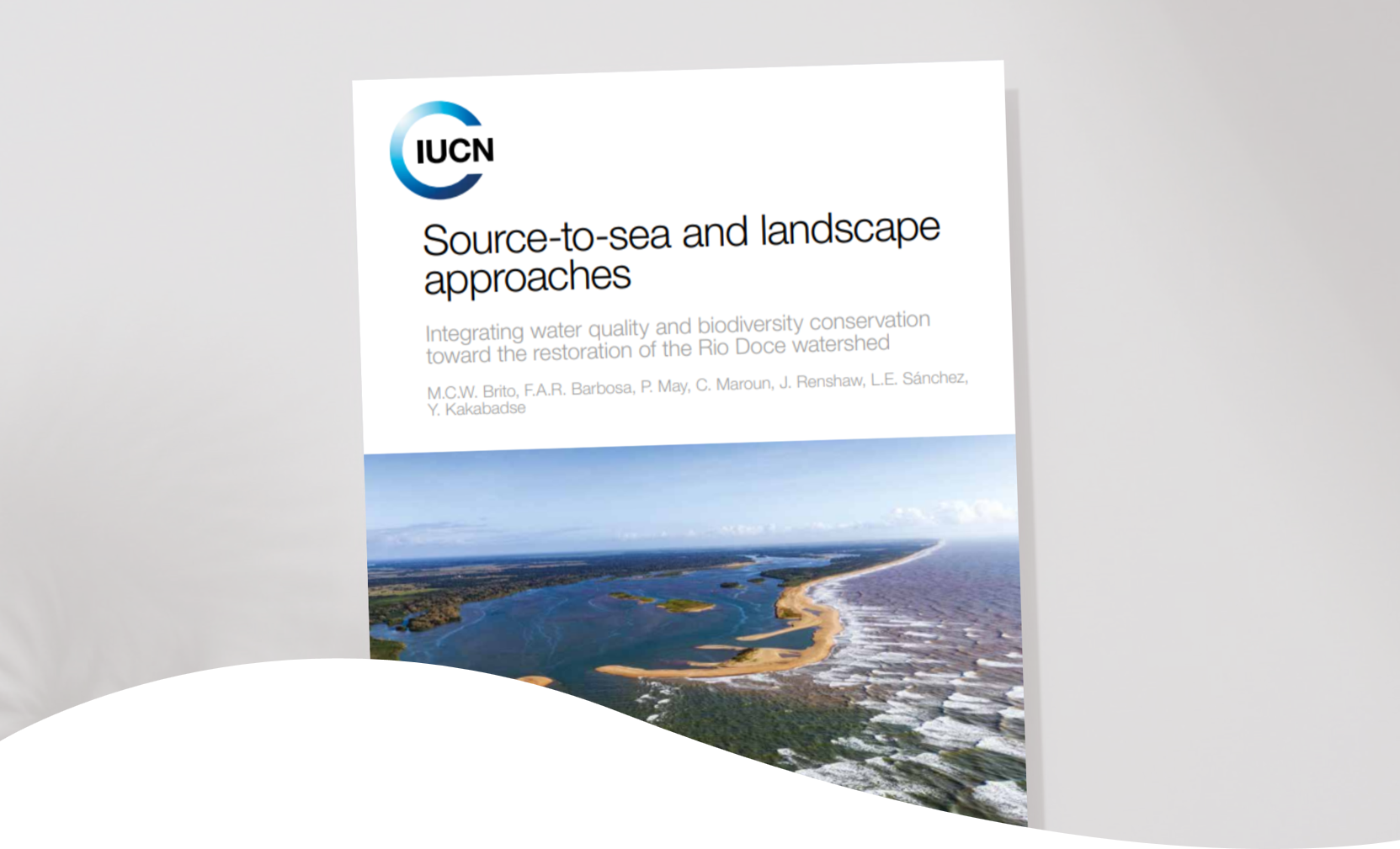
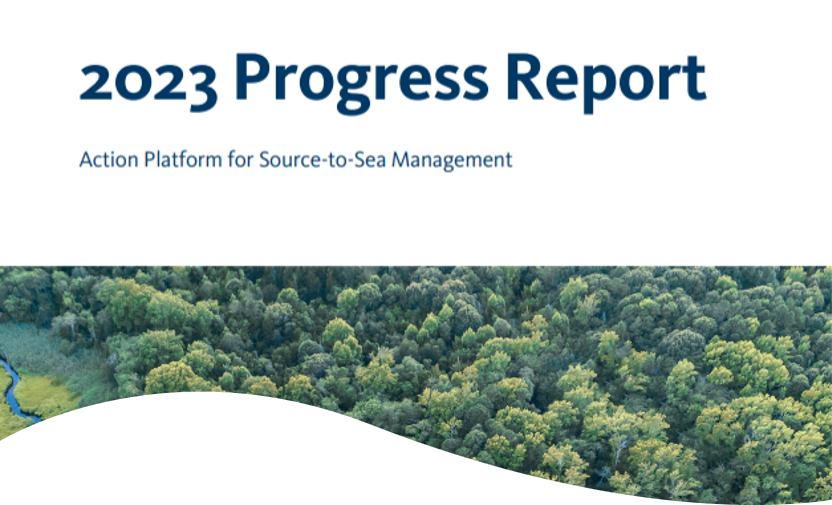
Outreach materials
Brochures, infographics and visual storytelling
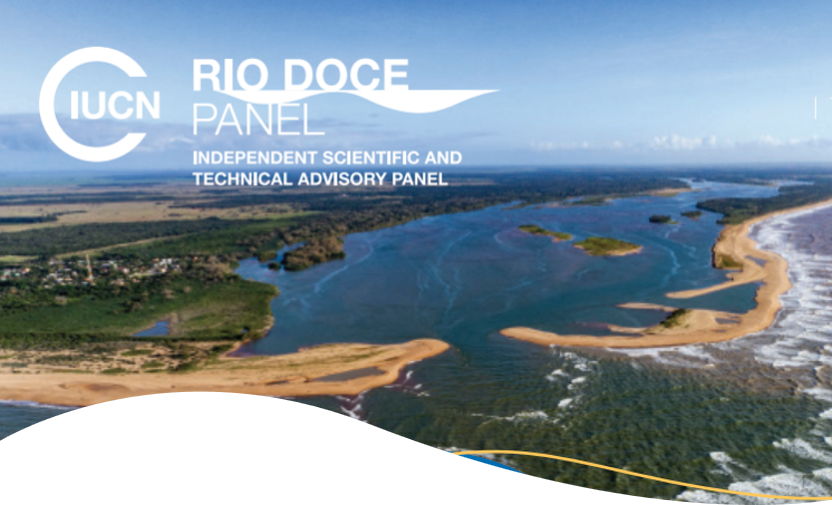


The Source to Sea Platform was until the end of 2024 funded by the generous support from the Government of Sweden and the United Nations Development Programme (UNDP)
